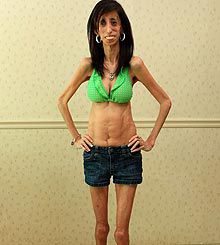喷洒农药会造成颗粒悬浮
|
Chemical additives that help agricultural pesticides adhere to their targets during spraying can lead to formation of smaller "satellite" droplets that cause those pesticides to drift into unwanted areas, Purdue University researchers have found. Carlos Corvalan, an associate professor of food science, said understanding how the additives work together means they could be designed to decrease the health, environmental and property damage risks caused by drift. Corvalan; Osvaldo Campanella, a Purdue professor of agricultural and biological engineering; and Paul E. Sojka, a Purdue professor of mechanical engineering, published their results in a February issue of the journal Chemical Engineering Science. "When we spray liquids, we have what we call main drops, which are drops of the desired size, and we can also have smaller satellite drops. The smaller drops move easily by wind and travel long distances," Corvalan said. "Now that we know better how additives influence the formation of satellite droplets, we can control their formation." The research will also have applications in food processing and rocket propulsion(推进) , where drop sizes are important. When liquids are sprayed, they start in a stream and eventually form drops. As the liquids move farther in the air, drops connected by a thin filament(灯丝,细丝) start to pull apart. That filament eventually detaches and becomes part of the drops that were forming on either side of it. Satellite droplets form in the middle of filaments of pesticides containing surfactants(表面活性剂) and polymeric(聚合的) additives, which help the pesticides wet and adhere to plant surfaces. The surfactants reduce surface tension and force round drops to flatten, helping them cover more surface area on a sprayed plant's leaves. The polymeric additives reduce viscosity -- liquid resistance -- making the pesticide flow easier. Polymeric additives also keep the drops from bouncing off plant surfaces. "Each additive is designed to improve the characteristics of the main drops," Corvalan said. "But there is a side effect." When both additives are present in a pesticide, the surfactant pushes more liquid toward the filament. The reduced viscosity(粘性) allows liquid to flow more easily in that direction, resulting in a well-defined satellite drop forming in the filament. |








